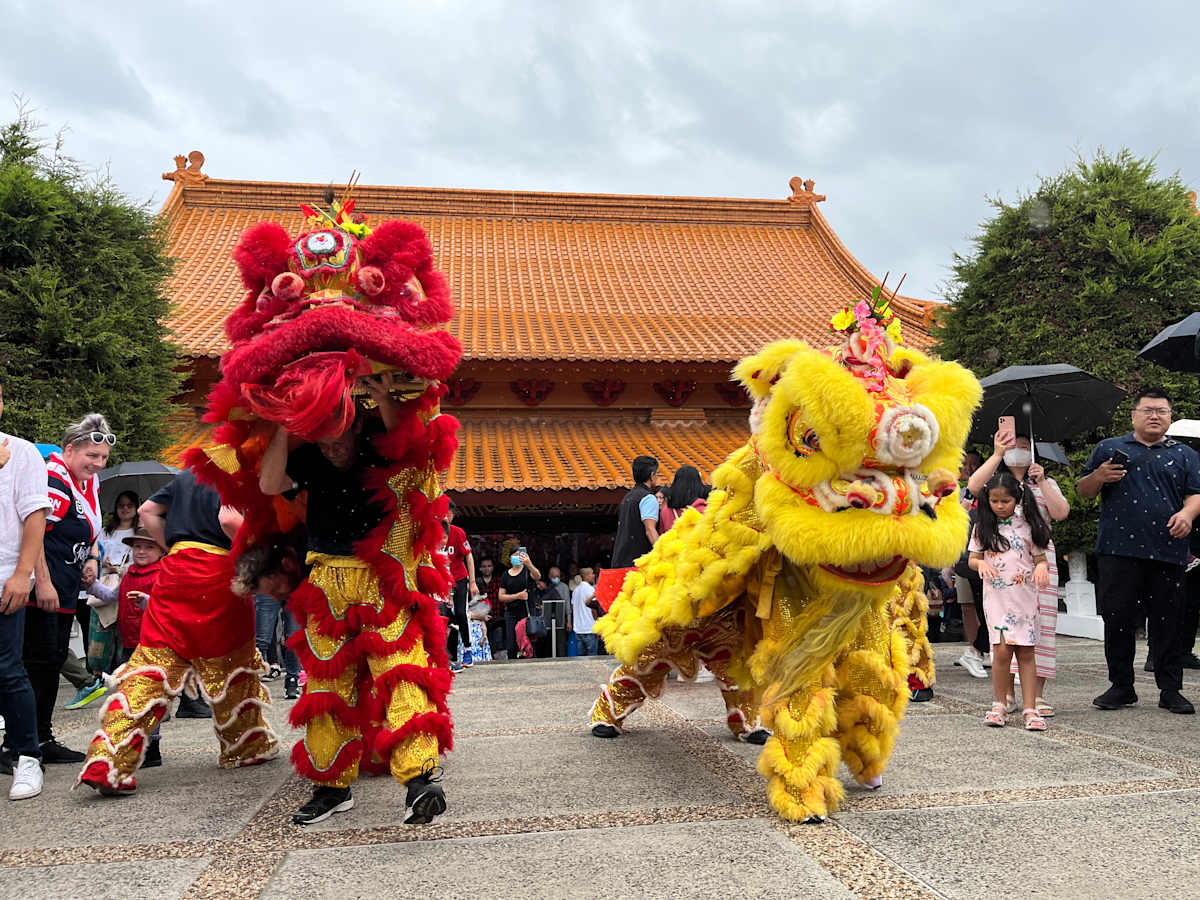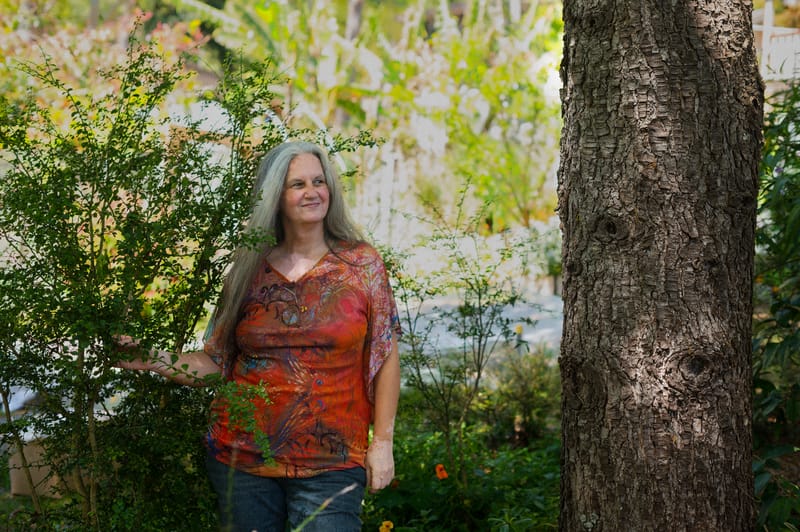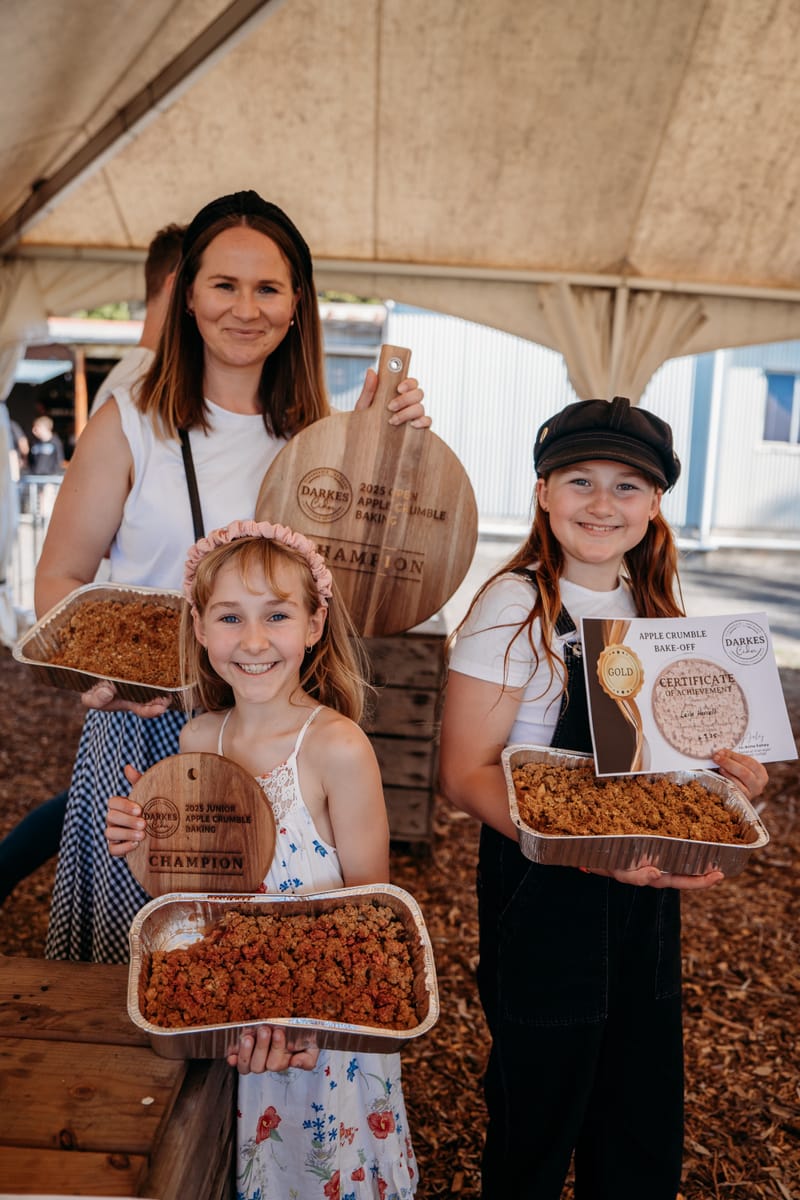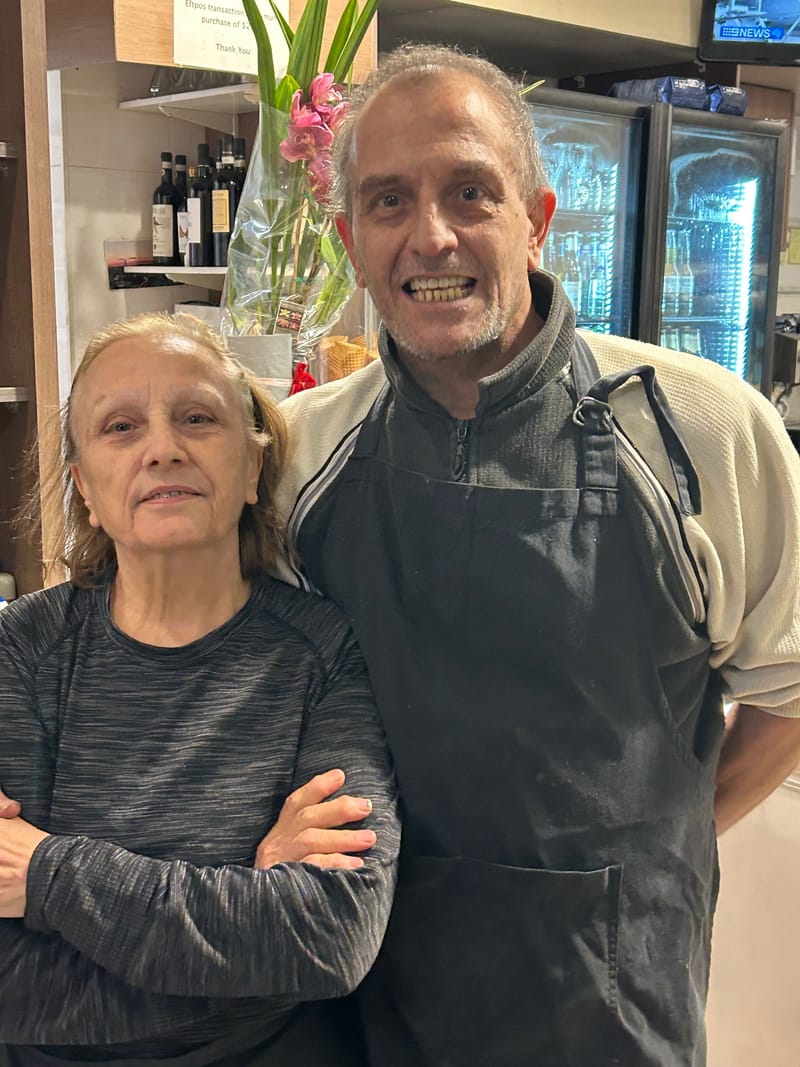It’s Lunar New Year, so what do we eat?
According to the lunisolar calendar, based on the cycles of the moon but also takes the solar calendar into account, the new year start on the night of the first new moon. This year lunar new year began on 22 January, which sees out the Year of the...
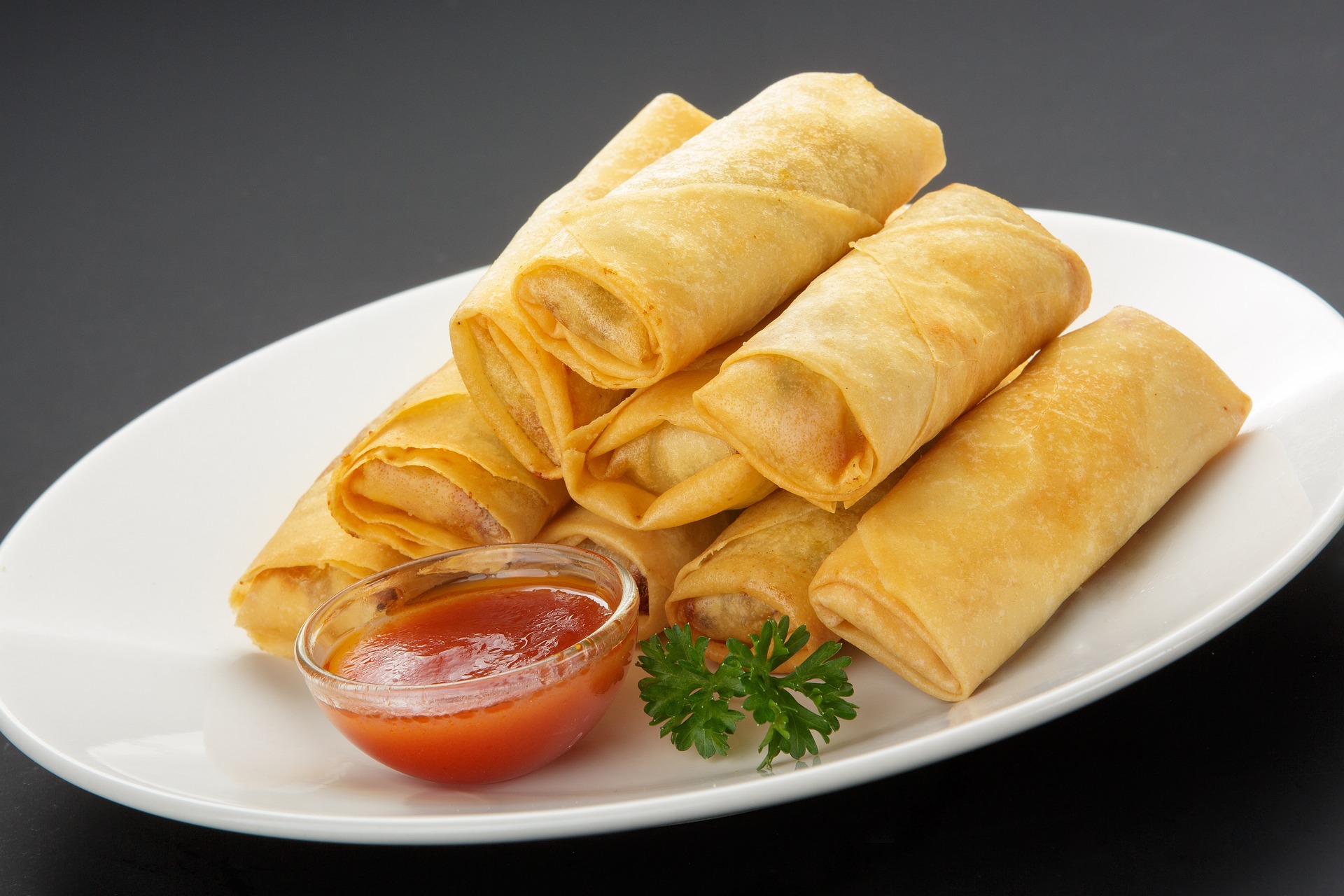
According to the lunisolar calendar, which is based on the cycles of the moon but also takes the solar calendar into account, the new year starts on the night of the first new moon. This year Lunar New Year began on 22 January, which sees out the Year of the Tiger and in the Year of the Rabbit, or Cat for the Vietnamese.
Celebrations begin the day before, usually with a family reunion dinner, and continue for about two weeks, but the first three days are the most hectic. Reunions and feasts are held so that families can spend time together, reflect on the year gone and make wishes for health, happiness and prosperity for the year ahead.
There is no singular way to celebrate Lunar New Year, with each culture having their own traditions. In Chinese culture, the festival is often referred to as the Spring Festival, marking the end of winter and the start of spring. Chinese New Year is one of the most important celebrations in China and for the Chinese diaspora. There are many traditions and customs that involve bringing good luck, good fortune and good health. The colour red is dominant during new year and is thought to scare away evil spirits.
Traditional foods are cooked and shared. In some places dumplings are customary, and in others the new year cake made from glutinous rice or sweet rice flower. Spring rolls symbolise wealth because they look like gold bars. Noodles are eaten for happiness and a long life. Whole fish and chicken symbolise unity and family. A vegetable stir fry uses up vegetables left over from winter before planting for the new season.
The traditional Vietnamese new year dessert is chung cakes (bahn chung) and expresses gratitude to ancestors and the home land. The cooking process is complex and requires many hands. The main ingredients are glutinous rice, pork and green beans and the cakes are traditionally square.
The lion dance is often part of the celebration. Lettuce plays a part with the lion inspecting it, swallowing it, spitting it out and generally leaving behind a trail of lettuce destruction. This is considered good luck.
